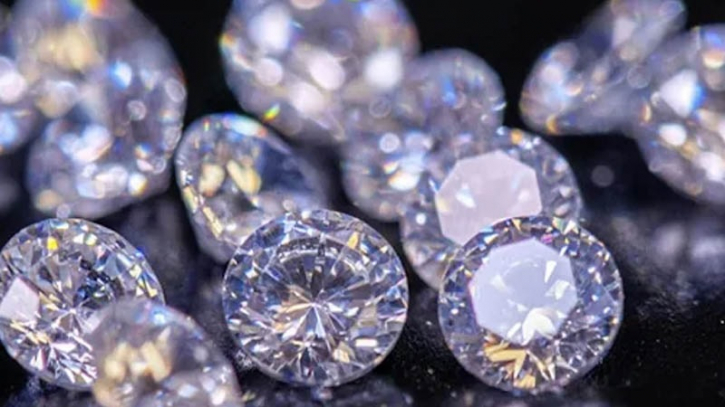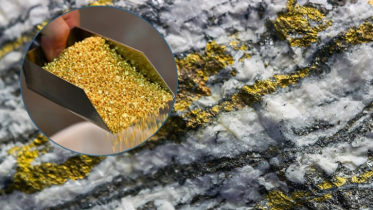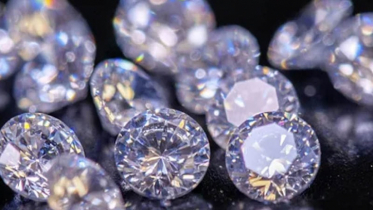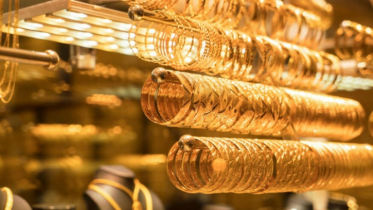A new revolution in the world of diamonds is changing all ideas, experts are confused

Published : 09:44 PM, 16 November 2025
A new lab-grown diamond brand named Astraea, a laboratory that creates artificial diamonds, has directly challenged that century-old myth by debuting in Dubai.
For a long time, there has been an established idea in the diamond industry - that mineral diamonds are real, rare and more valuable. But technology, market data and the changing views of young buyers say that this idea is quickly breaking down. In particular, a new lab-grown diamond brand named Astraea, a laboratory that creates artificial diamonds, has directly challenged that century-old myth by debuting in Dubai.
Nathalie Morrison, co-founder of Astraea, claims that the world's top 0.01 percent quality lab-grown diamonds can now surpass many mineral diamonds. In her words, 'No gemologist will be able to tell the difference with the naked eye or a magnifying glass.'
Astraea’s first flagship outlet is opening in Mandarin Oriental. The brand will soon launch a new collection designed by Hollywood star Sarah Jessica Parker. This is a major turning point for the jewelry industry – especially at a time when young buyers are increasingly interested in sustainable products, reports Khaleej Times.
According to Nathalie, 60 percent of engagement rings in the United States are currently lab-grown. The global market share has increased from 1 percent to 20 percent in a decade.
Economists estimate that this will reach 70-75 percent by 2032. But Astraea is not a free-market brand. It is targeting only the highest quality – the top 0.01 percent of the world’s diamonds.
Lab-grown and mineral diamonds – both types of diamonds – have the same crystalline structure made of carbon. One grows deep underground for millions of years, the other in a reactor under specific conditions. The only difference is the timing and control.
Nathalie draws a comparison from her own life experience. 'I have four children - two IVF (in vitro fertilization), two natural or intrauterine. So are my IVF children less valuable? Not at all. Similarly, lab-grown diamonds are no less.'
Austria has added additional quality checks beyond the traditional 8Cs (cut, color, clarity, carat). In Nathalie's words, even if the same D-color means a huge difference. Just like all Cambridge students are the same, not all are equally talented.'
In the conventional mining-based diamond industry - the huge amount of water waste and use, the risk to workers' lives, the destruction of biodiversity, water pollution - these problems have been discussed for a long time.
On the other hand, lab-grown diamonds only use water for cleaning and the risk of environmental damage is almost zero. Nathalie also mentioned an important fact - 'There are so many mined diamonds in the world now that every person has enough to buy at least half a carat.' However, lab-grown diamonds are leading the market for Generation Z, and Gen Z's interest in sustainable products, fair prices, and transparency is rapidly growing the lab-grown diamond market.

.png)
.png)







